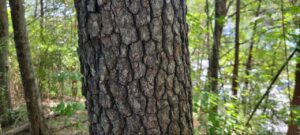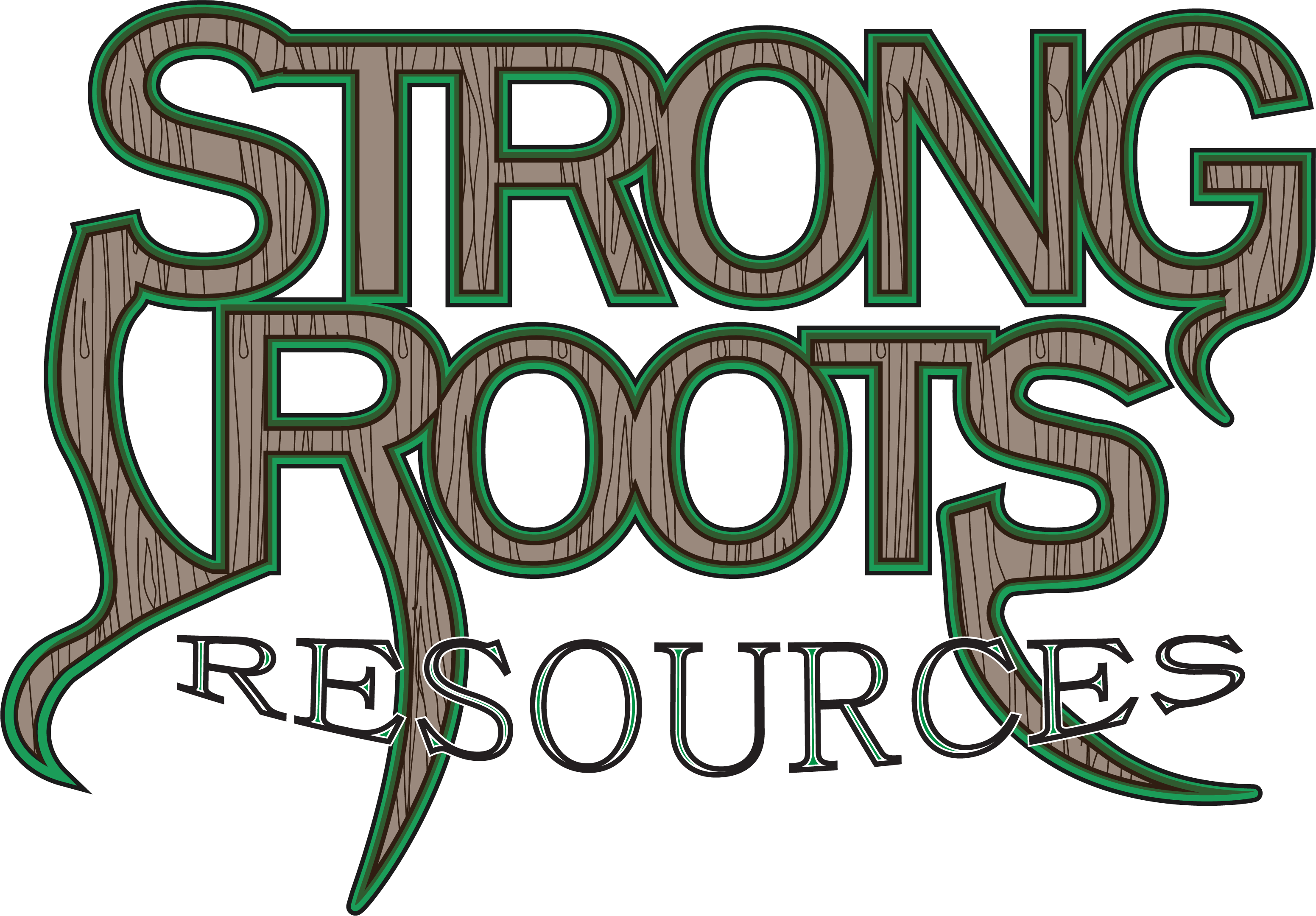The American persimmon is a common tree in much of the US – it likes old pastures, the edges of wooded areas and is even pretty common in public parks and industrial sites. Here on the farm, we’ve got them coming up all around the pastures here – mainly from seed that the coyotes and deer deposit after eating the fruit.
These trees are hardy as far north as zone 5 and aren’t picky about the soil as long as it’s not saturated. They do well in full sun but will tolerate shady edges as well, they just tend to be shorter and more shrub-like if they’re under canopy.

The bark has a blocky pattern that’s distinctive if you’re working on your wintertime tree identification. I always like to reference Sam Thayer’s Field Guide to Wild Edible Plants to get the specific ID details.
So mostly we know about the fruit, which is one of the last summer fruits to come ripe, is light to medium orange and the taste is described as rich and creamy as long as it’s enjoyed at full ripeness. In some cases, that’s actually after the first frost, but not always. Microclimate matters when it comes to ripening of the fruit. If the fruit is tart or astringent, it’s still too green. The fruit is enjoyed fresh – where it’s more like a pulp, not juicy or it can be dried into fruit leathers or baked, where it can be substituted for pumpkin. It’s typical to harvest most of the fruit off the ground as it may not be accessible on a more mature tree. When you see signs that the fruit is dropping, secure a tarp underneath the canopy for easier harvest.
But the persimmon offers more than just the fruit: the leaves are high in vitamin C and can be dried and used in teas, particularly the Asian varieties. The seed can be pressed for an oil, often described as similar to peanut oil. The seeds can also be roasted as a coffee substitute. The inner bark has also been used to alleviate sore throats.
Interestingly, the wood from persimmon trees have been used in crafting handles golf clubs and billiard cues as it’s incredibly strong, straight and works rather well on a lathe.
The American persimmon requires both male and female trees in order to set fruit. Those trees can get over 60 feet tall with a 40 ft spread. If you find multiple young persimmon trees close to one another, they may be suckers coming up the root system of an older tree. There are multiple cultivars of the American persimmon – the “Dooley” and “Geneva Red” cultivars do better in northern climates and the “Meader” is self-fertile.
Most persimmons can be propagated by seed, root cuttings or grafting. It’s also a valuable tree that’s planted by folks managing lands for hunting habitat, as the fruit is browsed by deer, turkey and bears.
If you want to introduce a compact, self-fertile persimmon to your food forest, take a look at the Fuyu persimmon – an Asian cultivar that sets fruit that are almost the size of an apricot. I saw a Fuyu on a customer’s property that had probably 20 pounds of fruit on a tree that was about five feet tall. I added one to my food forest last fall, so I’m looking forward to getting a harvest off it within a couple of years.
For citations and further information, check out the Plants for a Future website – pfaf.org – which my buddy Andy Eddings told me about a few years ago. That website is an excellent resource for the avid forager and plant nerd and the books they publish to support the hosting fees are great references for woodland gardening and food forest creation.
Diospyros virginiana American Persimmon, Common persimmon, Persimmon PFAF Plant Database
Sam Thayer’s Field Guide to Edible Wild Plants (foragersharvest.com)
If you’d like to learn more about the wild medicinal, edible and otherwise useful species on your land, I offer in person property walks, foraging classes, consulting and education as well as identification, GPS tagging and documentation of those species on your property. My travel radius is within about 4 hours of Knoxville, TN so feel free to reach out to me via strongrootsresources@gmail.com to get that scheduled.
Y’all have a good week and I’ll talk to you next time.
